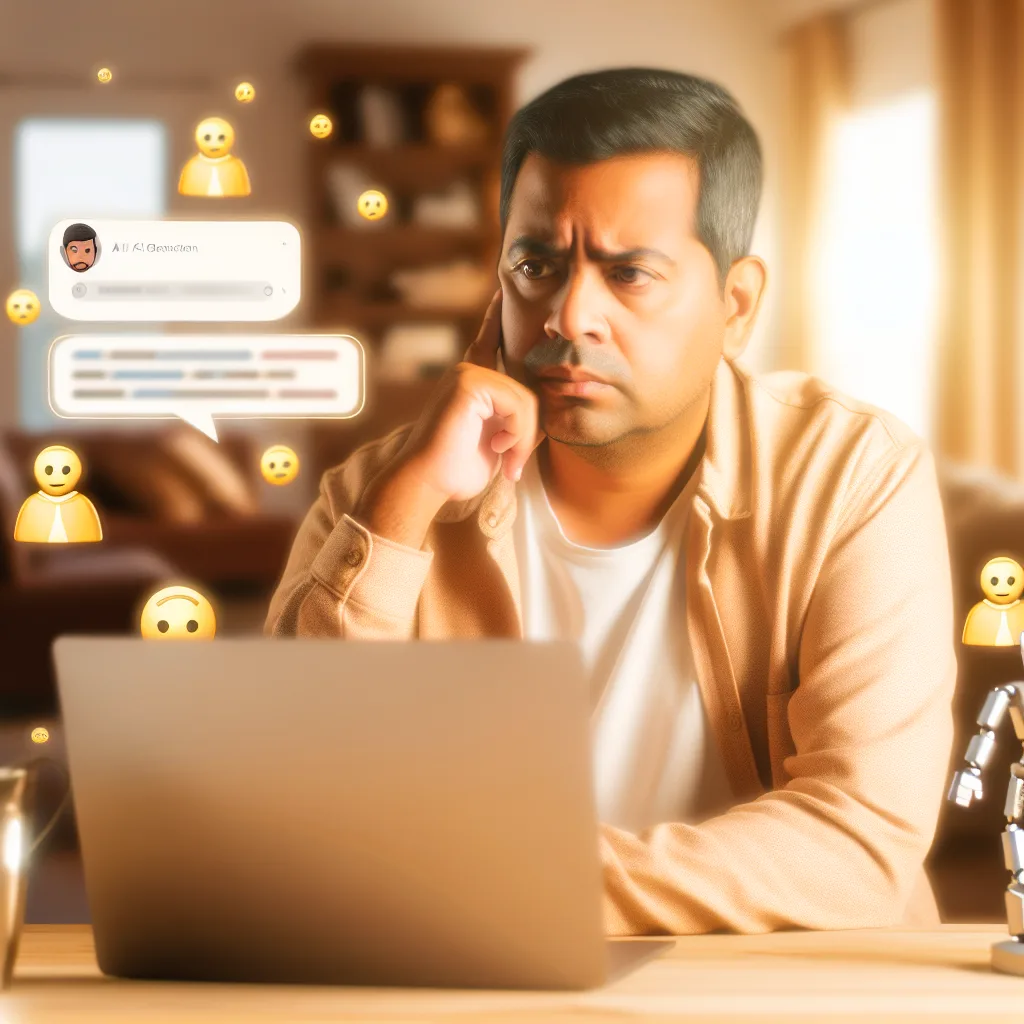Understanding the limits and unpredictability of AI tools in your daily workflows
I’ve been experimenting a lot with AI tools lately—mainly Gemini Pro and ChatGPT Plus—and one thing has become pretty clear to me: you just can’t fully trust AI tools for serious, consistent work right now. This isn’t about the usual AI hallucinations or funky responses that get shared a lot. It’s something else, something about reliability and stability over time.
Take ChatGPT, for example. It’s pretty neat, right? But when the company releases an update, the tool changes in ways that might not always favor your workflow. What worked well in one version can suddenly become unreliable or disappear entirely in the next. Imagine building a process around version 4.1 and then 5.0 arrives and doesn’t support the same functions the way you need. It can really mess with your productivity.
I’ve experienced similar issues with Gemini Pro. It used to handle my workflows smoothly, but lately, things started to break down. The chatbot loses context way more often than it used to. Then, out of nowhere, I began seeing frequent “something went wrong” errors that forced me to start chats from scratch—losing all previous context. It’s frustrating, especially when you don’t get any clear explanation or support.
So, what’s going on here? Unlike traditional software updates where changes and fixes are generally well-documented and predictable, AI tools seem to shift unpredictably. Companies behind these products sometimes phase out legacy models or tweak features without warning. And if your work depends heavily on a specific version’s behavior or capabilities, this can really hurt your flow.
The bottom line: for now, humans still need to be in the loop. These AI companies and their tools can’t be relied upon consistently for serious or critical tasks. Plus, customer support is often lacking, so if something breaks, you’re usually on your own.
But don’t get me wrong—this doesn’t mean AI tools aren’t useful. They’re fantastic for brainstorming, quick questions, or supplements to your work. Just keep in mind the limits and have a backup plan if your workflow depends on them.
For those wanting to dive deeper into how AI updates work or the challenges of deploying AI in production, places like OpenAI’s official blog and Google AI share some insights that can be helpful.
If you’re building workflows around AI right now, here are some quick tips:
- Always test after updates to see if behavior has changed.
- Keep track of which versions your workflows depend on.
- Use AI as a tool, not a complete solution.
- Have a non-AI fallback for critical tasks.
It might feel like the AI tools are a bit like a moody friend right now—great when they’re working but unpredictable at times. So, tread carefully and rely on your judgement along with these tools. In the end, they’re here to assist, not replace us… at least for now!
